The Nazca culture, which flourished from 100 BC to 800 AD between the Ica and Nazca valleys of southern Peru and drew heavily from the preceding Andean society of Paracas (800 BC-100 BC), is known for its rich array of polychrome textiles and ceramics, sophisticated irrigation technologies and elaborate burial practices.

Nazca artifacts often featured local flora, fauna, mythical deities and spirits.
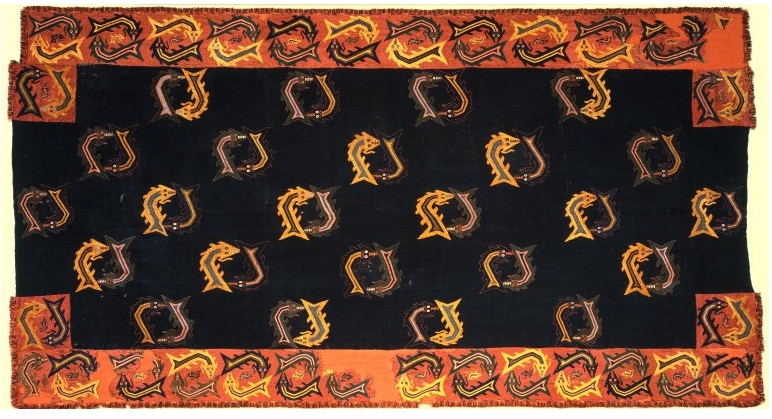
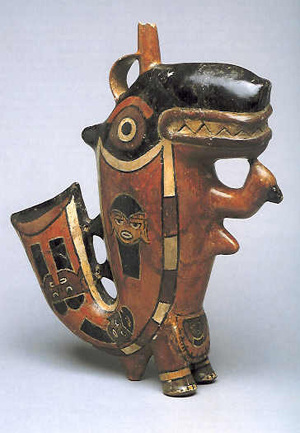
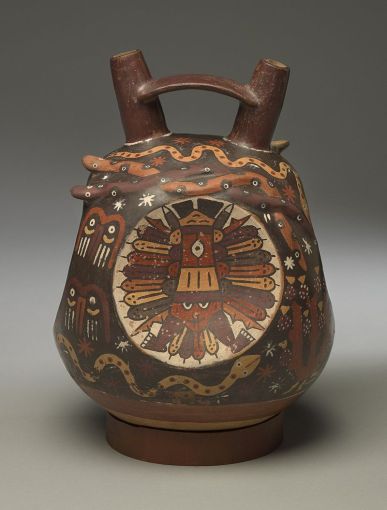
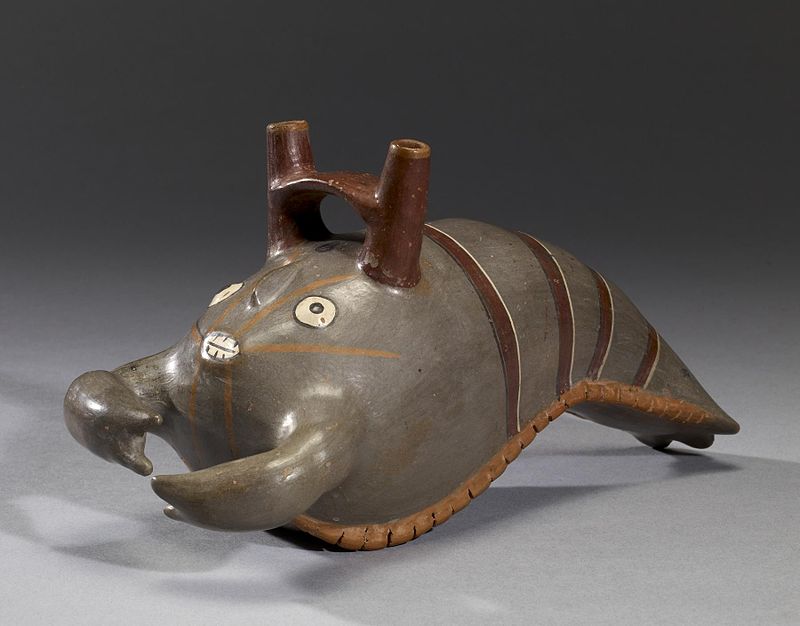
The culture of Nazca is, however, most famous for a set of geoglyphs (large pictographs drawn on the ground) found in the Sechura aka Nazca Desert about 200 miles south of the Peruvian capital Lima. Designated as a UNESCO World Heritage Site in 1994, these designs (collectively known as the “Nazca Lines”) are spread across an arid landscape of 50 miles and have remained intact for over 2000 years. They consist of hundreds of enormous geometric (circles, triangles), zoomorphic (birds, mammals) and phytomorphic (trees, flowers) shapes. Completely viewable only from an aerial vantage point, these drawings were created to astonishing precision by clearing the reddish stones of the desert and exposing the greyish sand underneath.
Scholars of Andean civilisations have, for decades, debated the meaning and function of the Nazca Lines. It is generally believed that they were associated with the sacred rites of some water-cult and strategically engraved near aquifers and springs.
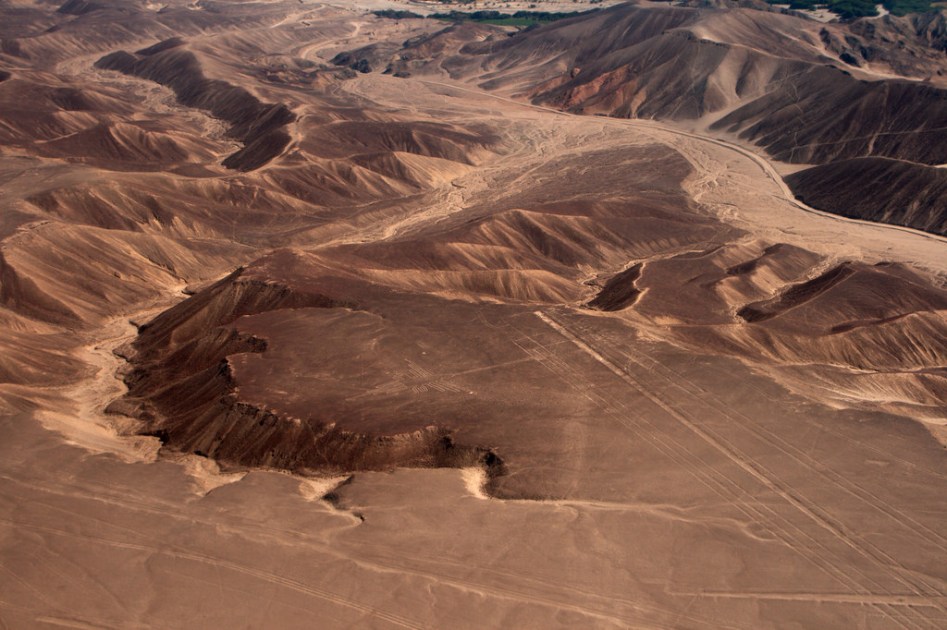
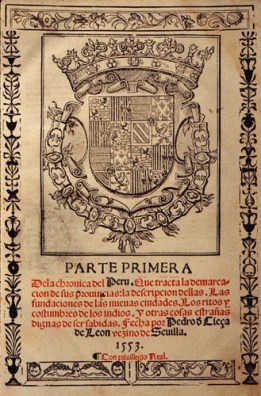
First mentioned in the 16th century by the Spanish consquistador Pedro Cieza de León (1520-1554) in his chronicles of Peru, the Nazca Lines lay forgotten for long, only to be rediscovered in 1927 by Peruvian archaeologist Toribio Mejia Xesspe while he was hiking through the surrounding foothills. In the 1930s, pilots flying over the desert in commercial planes were able to get a better view of the designs. In 1940, Paul Kosok, an historian from Long Island University began to study the geoglyphs seriously and proposed that the lines were created to mark the alignment of celestial bodies – he called them “the largest astronomy book in the world”. Later, the German scholar Maria Reicher, who studied the lines for 40 years, advanced similar astronomical and calendrical theories. More radical and fantastic ideas began to emerge 1970s onwards – related to ancient astronauts and alien involvement.
In a 1986 book The Nazca Lines: A New Perspective on their Origin and Meaning, the National Geographic explorer Johan Reinhard applied a multidisciplinary approach to the lines, writing that “No single evaluation proves a theory about the lines, but the combination of archaeology, ethnohistory, and anthropology builds a solid case.” It is likely that our knowledge and conception of the Nazca Lines will continue to change and evolve with more and more research.
The geoglyphs:
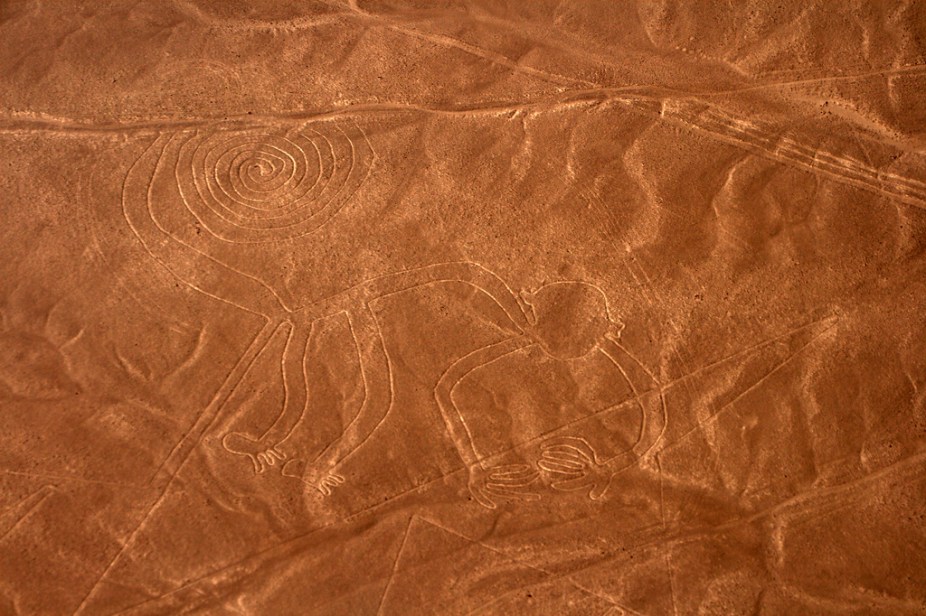

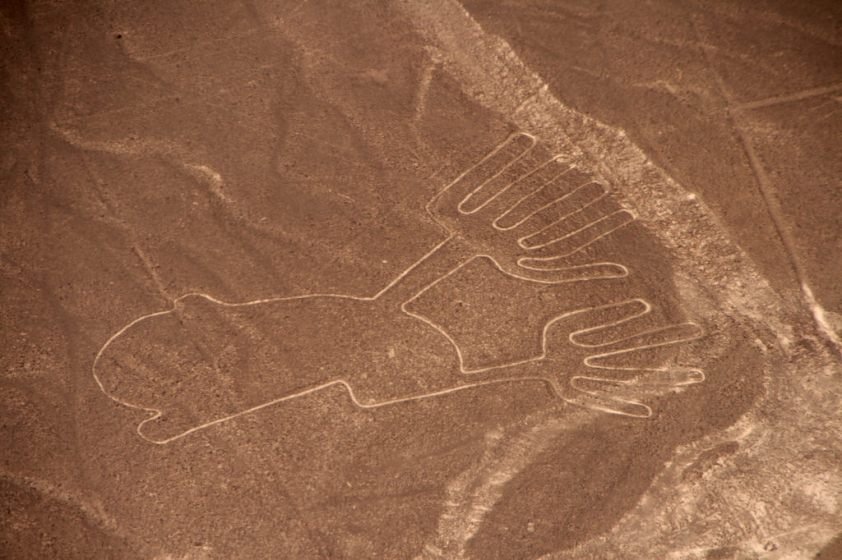
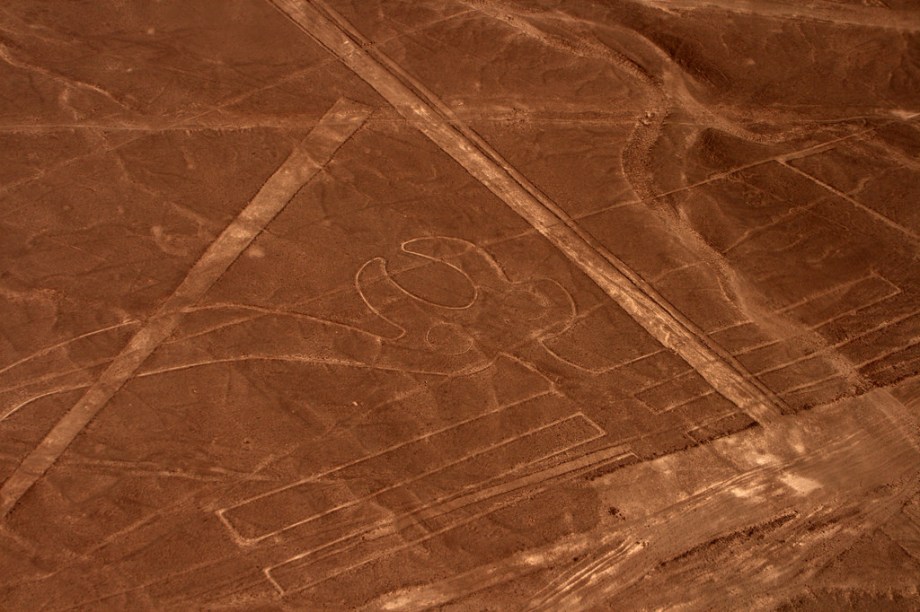
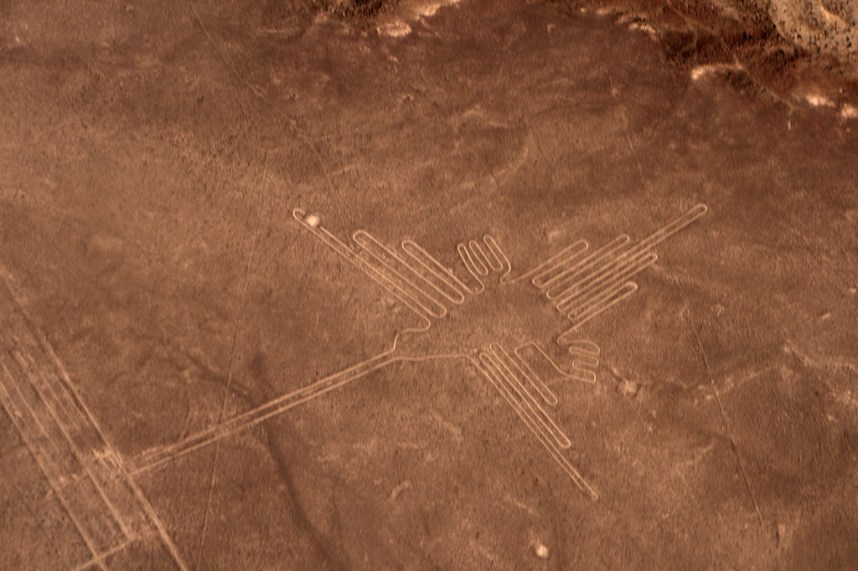
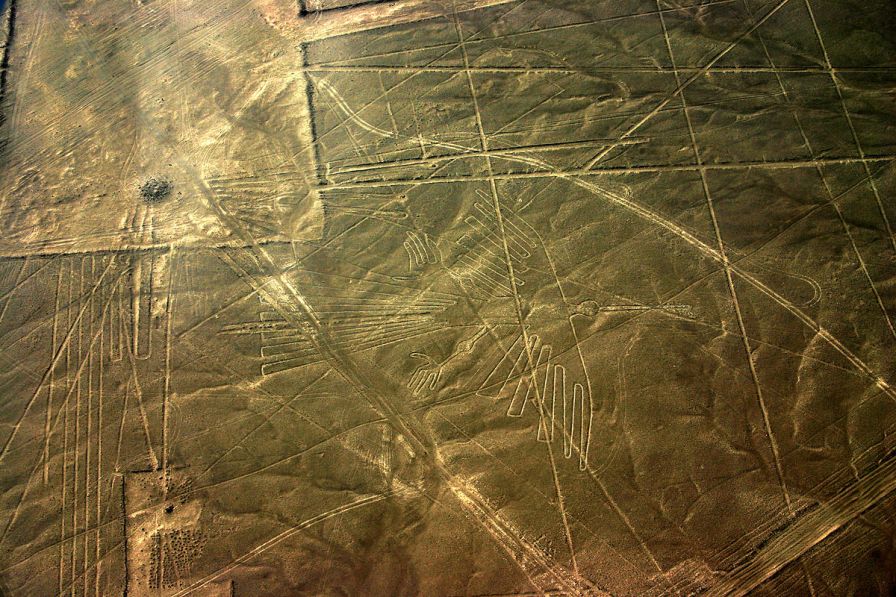
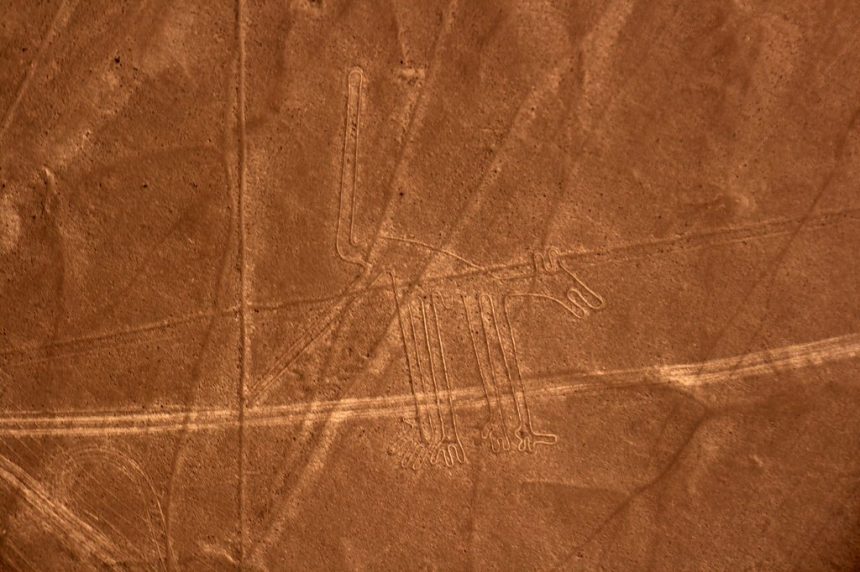
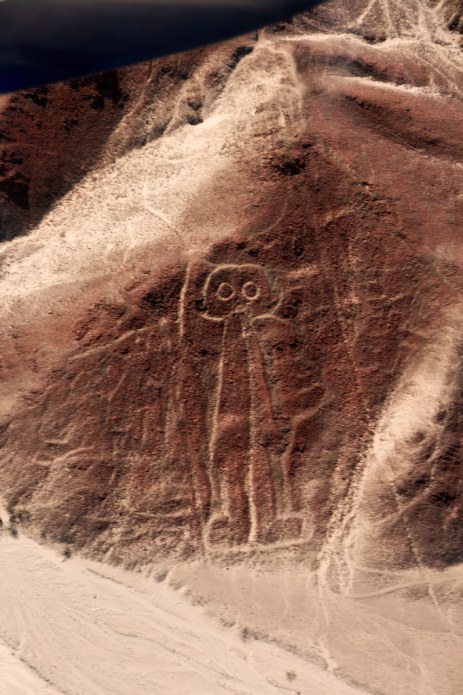
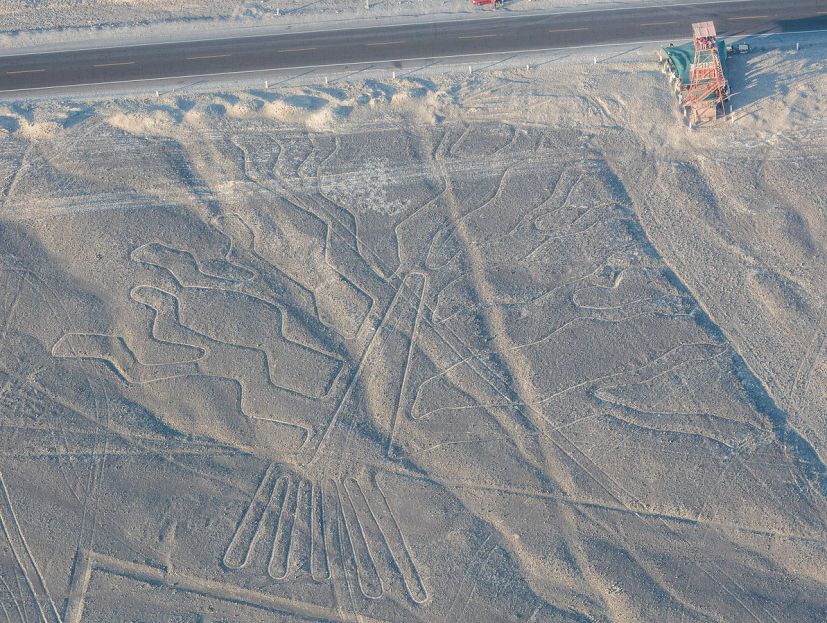
—-
Further Reading:
Nasca: Eighth Wonder of the World (2000) by A. F. Aveni
The Incas and Their Ancestors: The Archaeology of Peru (2001) by M.E. Moseley
Art of the Andes: from Chavín (2012) by Rebecca R. Stone
—-
Image Credit:
Featured: Nazca Lines, Public Domain, Wikimedia Commons
—-
![]()

Thanks for the information. The precision of the lines are so amazing and the size is difficult to comprehend.
LikeLiked by 1 person
Thanks for your comment. I encountered them for the first time years ago on Lonely Planet/Globe Trekker. Have stayed in my mind ever since.
LikeLike
Just wonderful – Thank you
LikeLiked by 1 person
These are weird, fascinating, strange… But then the past is another country, and who really knows what all this was for?
LikeLiked by 1 person
I wonder…
LikeLike
Outstanding and very informative. Some of their art reminds me slightly of the Phoenicians of what’s now the Mediterranean area. Makes you wonder about unseen global connections between peoples and cultures?
LikeLiked by 1 person
Like the Olmec art of Mexico…so much of it is like the ancient Chinese stuff!
LikeLiked by 1 person
I’ve heard the Olmec art of Mexico is both like ancient Chinese and West African stone work. Fascinating any way you study it.
LikeLiked by 1 person
Another 5000 geoglyphs are in the Atacama Desert (The Atacama Giant being its highlight). And there are even some modern ones around the world, like Marree Man from Australia.
It just fascinating how much effort these people put into this creation. We are so lucky they survived so long!
LikeLiked by 1 person
Wow…this one… https://en.wikipedia.org/wiki/Marree_Man#/media/File:Marree_man.jpg
Amazing!
LikeLike
Thank you so much 🙂 How very kind of you.
LikeLike